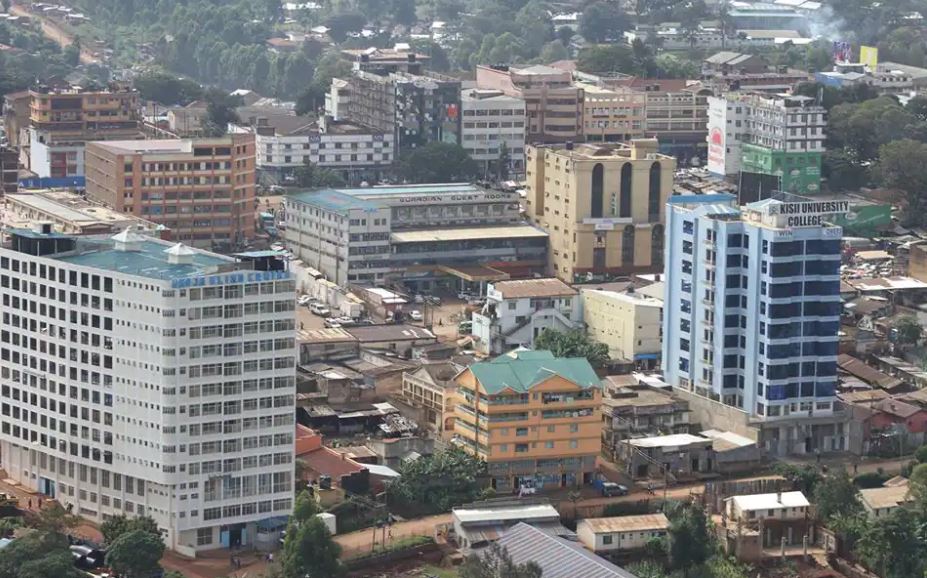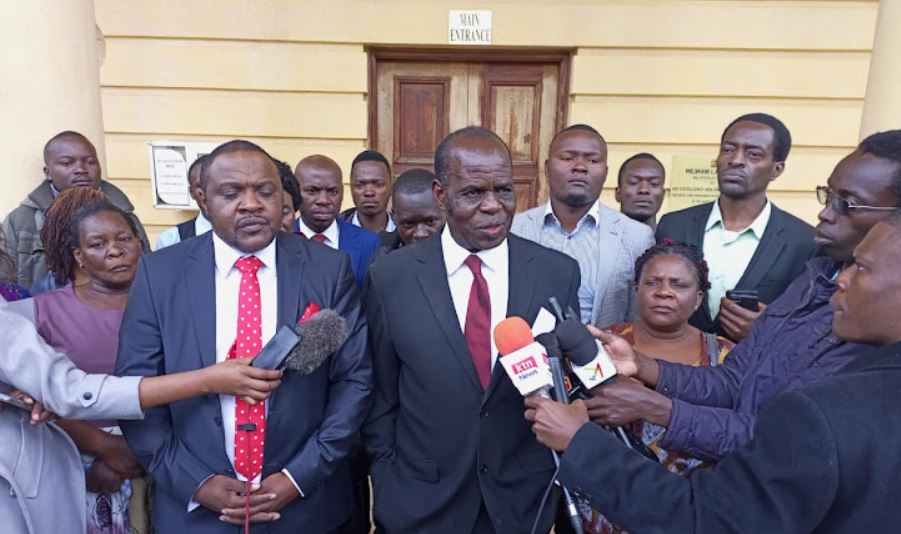
The Kenya Demographic Health Survey (KDHS) of 2022 unveiled a striking statistic, indicating that 60% of women aged 15 to 49 have opted to relocate to Kisii to get married.
The Kenya National Bureau of Statistics (KNBS) conducted the survey, which primarily examined the characteristics of respondents and specifically delved into their motives for migration.
“The two most common reasons for migration among women are employment and marriage,” the survey reads in part.
According to the survey results, a significant proportion of women from households in the lowest wealth quintile, precisely 70%, migrated primarily for marriage.
In contrast, among women in the highest wealth quintile, approximately 50% migrated due to employment opportunities.
The survey findings indicate that 50% of women aged between 15 and 49 are currently in a marital union. This data provides valuable insights into the characteristics of the survey respondents regarding their migration patterns and choices.
Kericho emerged as the second most popular destination for women seeking desirable partners, with a substantial percentage of 62.
Bomet followed in third place with 60.3 percent, while Migori and Siaya secured the fourth and fifth positions with percentages of 60.1 and 59.5 respectively.
Remarkably, women exhibit a lower inclination towards marrying men from Kajiado and Nairobi, as only 9.9 percent and 10.8 percent respectively choose to relocate to these regions for matrimony.
Conversely, Kajiado and Nairobi emerged as top choices for women seeking employment opportunities, with a significant majority expressing a preference to migrate to these regions.
50% of the women surveyed expressed their willingness to migrate to either Kajiado or Nairobi in pursuit of employment opportunities.
METHODOLGY
The implementation of the 2022 KDHS, which marks the seventh survey since 1989, involved the Kenya National Bureau of Statistics (KNBS), the Ministry of Health (MoH), and other stakeholders.
Data collection for the survey took place from February 17, 2022, to July.
A sample size of 42,300 households was calculated, with 25 households selected per cluster.
This resulted in a total of 1,692 clusters across the country, comprising 1,026 clusters in rural areas and 666 clusters in urban areas.








